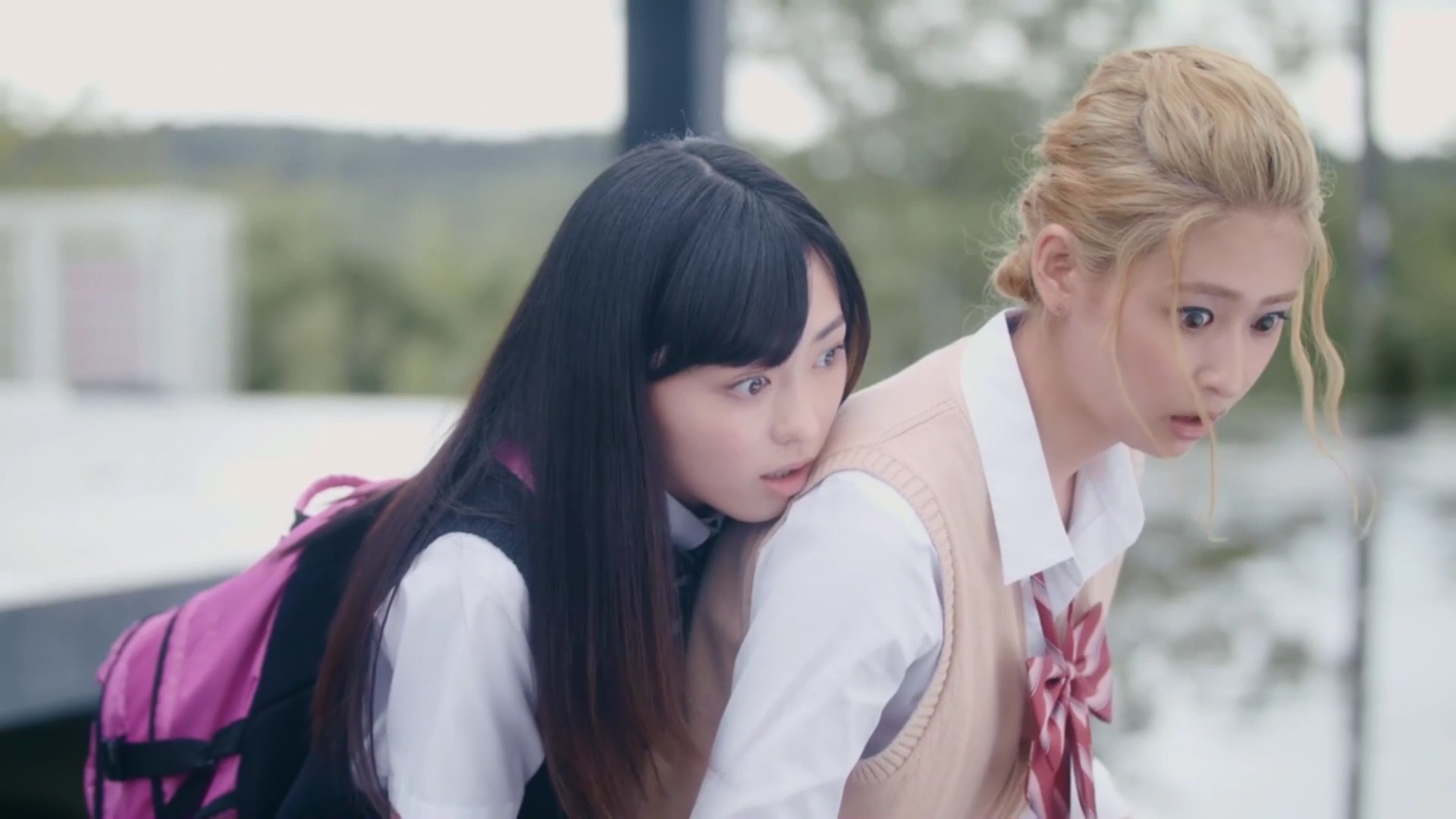
Shōnen magazine enjoyed significant popularity during the 1920s and 1930s, with Yōnen Club selling over 950,000 copies.
#FUTARI MONOLOGUE SERIES#
Among the most successful and influential manga series in these early shōnen magazines were Norakuro by Suihō Tagawa, which follows the life of an anthropomorphic dog soldier, and Tank Tankuro by Gajo Sakamoto, about a robot-like character who can change his appearance. This was followed by Shōnen Club in 1914 and later Yōnen Club. Initially, these magazines did not publish manga the first shōnen magazine to do so was Shōnen Pakku, first published in 1907. This provoked the emergence of first exclusively shōjo (girls) magazines in 1902, and shōnen magazines subsequently began to exclusively target a male audience. While early youth magazines were ostensibly unisex – Shōnen Sekai was the first youth magazine in Japan in 1895, targeting a readership of both boys and girls – in practice, the editorial content of these publications largely concerned topics that were thought to be of interest to boys. History Ĭover of the April 1929 issue of Shōnen ClubĬhildren's magazines with sex-segregated readerships have existed in Japan since the early 1900s. Non-manga content often corresponds to a major manga series in a given magazine, for example, advertisements for a video game adaptation of the series, or articles about an animated film adaptation of the series. The target group orientation of shōnen manga is particularly evident in the non-manga content of shōnen manga magazines, which include advertising and articles on topics tailored to the interests of young males, such as video games. For example, a 2006 survey of female manga readers found that Weekly Shōnen Jump was the most popular manga magazine among this demographic, placing ahead of magazines that specifically target a female readership. The actual readership of shōnen manga, as is the case for all demographic categories of manga, extends significantly beyond this adolescent male target group to include all ages and genders. Of the four primary demographic categories of manga ( shōnen, shōjo, seinen, and josei), it is the most popular category in the Japanese market. Shōnen manga refers to manga aimed at an audience of adolescent boys, with the primary target audience alternately defined as 9 to 18 years old and as 12 to 18 years old. This system of segmentation is now openly used as a categorization system by manga publishers and extends into works that are adapted from manga, such as anime. The word shifted to its current usage of referring specifically to media aimed at adolescent boys beginning with the practice of segmenting periodicals (especially manga magazines) by sex and age-specific target groups, which was established at the beginning of the 20th century and accelerated starting in the 1960s. Shōnen historically referred to juveniles in a general sense, and was used by the Japanese publishing industry to designate publications aimed at children and young people until the end of the 19th century. The Japanese word shōnen (少年 /ɕoːnen/) translates literally to "few years".

Though action narratives dominate the category, there is deep editorial diversity and a significant number of genres and subgenres within shōnen manga, especially when compared to other comic cultures outside of Japan, including comedy, crime, romance, slice of life, and sports. The editorial focus of shōnen manga is primarily on action, adventure, and the fighting of monsters or other forces of evil. The category originated from Japanese children's magazines at the turn of the 20th century and gained significant popularity by the 1920s.

While shōnen manga ostensibly targets an audience of young males, its actual readership extends significantly beyond this target group to include all ages and genders. Of the four primary demographic categories of manga, shōnen is the most popular category in the Japanese market. Shōnen manga is traditionally published in dedicated manga magazines that exclusively target the shōnen demographic group. It is, along with shōjo manga (targeting adolescent girls and young women), seinen manga (targeting young adult and adult men), and josei manga (targeting adult women), one of the primary editorial categories of manga. "boys' comics", also romanized as shonen, shounen or syônen) is an editorial category of Japanese comics targeting an audience of adolescent boys.


 0 kommentar(er)
0 kommentar(er)
